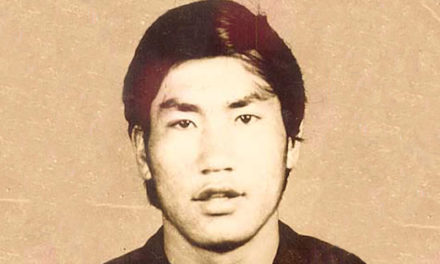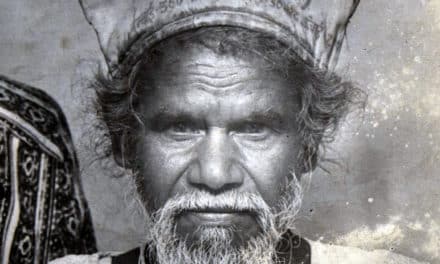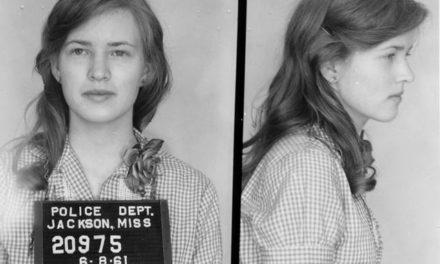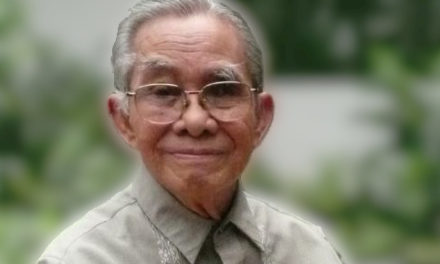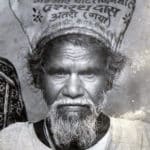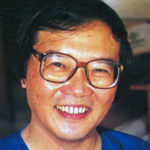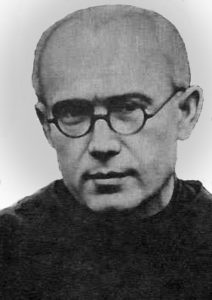 With strength, courage and resounding resolve, Maximilian Kolbe faced some of the harshest conditions of humanity. He proved compassion could thrive even in the darkest places and ultimately gave his life to save others from death. His heroic deeds inspired the prisoners of Auschwitz and gave them hope that human dignity and kindness could still exist, but his amazing story begins long before his time in the camps.
With strength, courage and resounding resolve, Maximilian Kolbe faced some of the harshest conditions of humanity. He proved compassion could thrive even in the darkest places and ultimately gave his life to save others from death. His heroic deeds inspired the prisoners of Auschwitz and gave them hope that human dignity and kindness could still exist, but his amazing story begins long before his time in the camps.
Maximilian (also known as Massimiliano Maria Kolb) was born as Rajmund Kolbe on January 8, 1894, in what is now Poland. His parents were basket weavers and his father became a freedom fighter seeking Poland’s independence from Russia. While still young, his father was captured by the enemy troops and hung for his efforts.
Maximilian could have easily followed his father’s path and joined in the resistance, yet something changed his mind and his life’s course. Maximilian had a dream that he would one day become a martyr for the Catholic faith and that he would need to live a life of purity. When he was 13 years old, Maximilian and his elder brother illegally crossed the border to join the Conventual Franciscans. By the time he was 17, he had made his vows and changed his name from Rajmund to Maximilian.
Education was important to Maximilian. After finishing seminary in Lwów, he studied philosophy, theology, mathematics, and physics at a college in Rome. Then over the next seven years, he earned two doctorates, one in philosophy and another in theology.
With the goal of converting non-believers and uniting the Catholic Church, Maximilian organized a non-violent information army. He named the organization Militia Immaculata, which produced thousands of informational tracts, a popular newspaper with 230,000 readers and a monthly magazine with over one million readers. Many believe that the efforts by the Franciscans to unite the Polish people helped to prepare them to endure and survive the horrors of the coming WWII.
“No one in the world can change Truth. What we can do and should do is to seek truth and to serve it when we have found it.” -Kolbe
After becoming an ordained priest, Maximilian returned to the newly independent Poland where he produced more publications, hosted a radio station and founded the monastery of Niepokalanów near Warsaw. Then, in the early 1930’s Kolbe traveled abroad and founded a seminary and a monastery on the outskirts of Nagasaki, Japan. Maximilian especially became popular with the non-catholic population because he respected their national customs, published in their language and instructed the friars to look for and celebrate the good elements even in the systems they believed were evil. The monastery they built would serve as a safe-haven and hospital less than a decade later when the atomic bomb decimated Nagasaki.
Before returning to Poland, Kolbe had traveled to India to set up another monastery and to Russia to learn the language and publish news in Russian. When the Germans invaded in 1939, Maximilian knew that Niepokalanów would be taken over and sent most of the friars home with a warning to avoid joining the armed resistance. Sure enough, the monastery was ransacked. Father Kolbe and the remaining 40 friars were transferred to a German holding camp. Four months later, they would be released and returned to Niepokalanów.
Upon their return, the monastery became a refugee camp for thousands of Poles and a hiding place for 2,000 Jews. Though they had little in supplies and meager portions, the friars shared everything they had and gained a reputation of true brotherhood. The German Gestapo soon became suspicious of the monastery and Father Maximilian.
Maximilian used the radio to broadcast against the German forces and tactics. In February of 1941, he published a statement in the monthly magazine openly questioning the German actions. Maximilian was promptly arrested for aiding the Jews and the Polish underground.
“The real conflict is inner conflict. Beyond armies of occupation and the hetacombs of extermination camps, there are two irreconcilable enemies in the depth of every soul: good and evil, sin and love. And what use are victories on the battle-field if we ourselves are defeated in our innermost personal selves?” – Kolb, February 1941
Infuriated by his resistance, Gestapo officers sent Maximilian to the infamous Pawiak prison with instructions to receive “special” ill-treatment. A few months later in May, Maximilian was transferred to the Auschwitz death camp where his brutal treatment would continue. He was branded as prisoner #16670 and sent to work on building the crematorium. His calm poise led the guards to even more beatings.
One particular beating took place after an officer loaded Kolbe’s back with the heaviest planks he could find. When Kolbe collapsed, he was kicked in the stomach and face and given whipped until he was unconscious. That evening, fellow prisoners went to rescue his limp body and smuggled him into the infirmary where he would eventually recover.
Survivors of the Auschwitz prison tell of Kolbe’s actions while they were interned. Before resting, he would visit the bunks at night asking the prisoners if they wanted prayer. Others tell of times when he shared his small rations with others and how he would wait to be the last in line to receive food or treatment (which often meant he would receive none).
“The most deadly poison of our time is indifference.” – Kolbe
During his months at Auschwitz, Maximilian led others to act in peace by his own examples. He urged the prisoners to pray for their captors, to show peace to the guards and to overcome evil with good. His words and deeds inspired the prisoners and made him a much-respected leader in the camp.
Maximilian Kolbe’s last act of heroism would come in July of 1941. Auschwitz had a rule that if anyone attempted to escape, ten men from the same bunker would be executed. One man from Kolbe’s block went missing (it was later discovered that he drowned in a latrine). Not knowing about the drowning, the guards selected ten men from the bunker for execution. Franciszek Gajowniczek was one of the men selected and cried out in dismay “my poor wife! My poor children! What will they do?” Moved with compassion, Kolbe stepped forward and asked the officer if he could take the man’s place.
Maximilian Kolbe and the 9 other men were thrown into the starvation bunker. To ease their suffering, Kolbe led the men in songs and prayers each day. Eventually, the men began to die and after two weeks only four remained. Needing the cell for more victims, the remaining four were injected with a lethal dose of carbolic acid on August 14, 1941. Bruno Borgowiec, one of the men stationed in the starvation bunker recalls that Maximilian was the only person conscious during the injection. He shocked those watching when he raised his arm for the injection and prayed for the executioner.
Survivors of Auschwitz tell of Kolbe’s life, his patience in suffering, his lessons of forgiveness and the joy he brought to those enduring brutal and hateful acts. Franciszek Gajowniczek survived and returned to his wife and lived to be 95 years old (sadly, his children had died during the war).
His heroic actions in Auschwitz, in Niepokalanów and around the world served as an inspiration and saved many lives, but this could not have happened without a lifetime of practicing compassion and peace. Maximilian Kolbe, “The Saint of Auschwitz” is a moral hero for his life-long dedication to serving others and for spreading peace through nonviolence.

